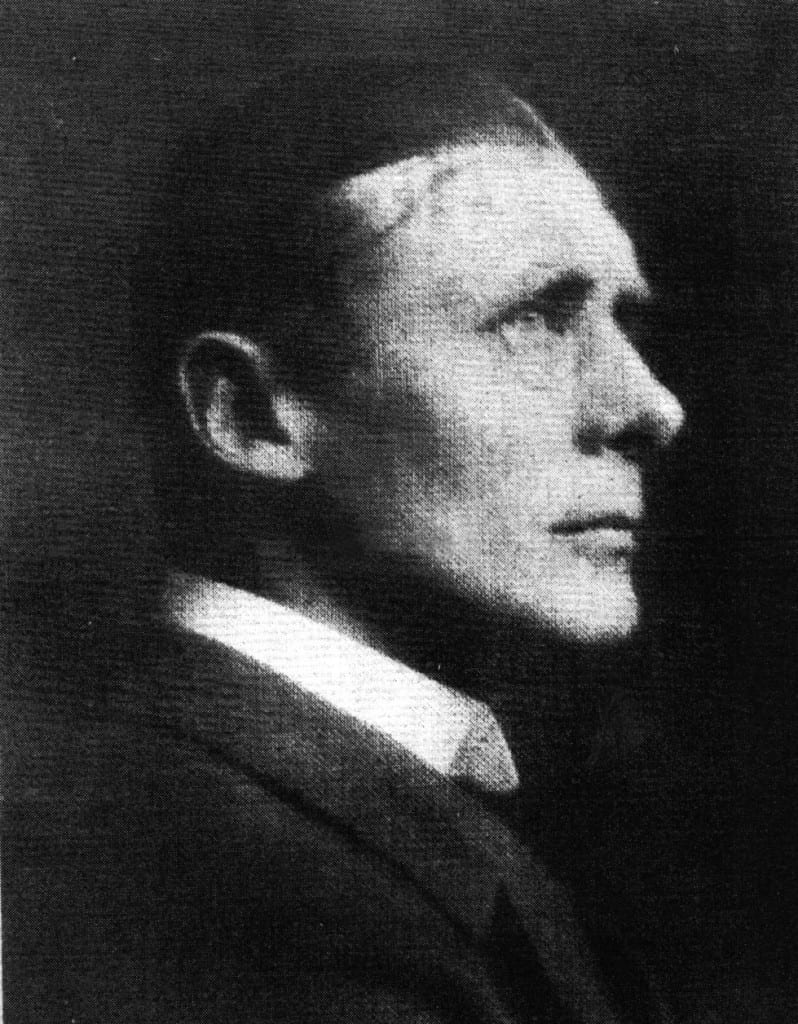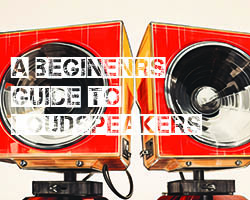In the first of her series of articles looking at turntable designs that could have taken off, Janine Elliot looks at a clever doodad from the days of 78s from Garrard called The World Record, created by Noel Pemberton-Billing, the chap that set up Supermarine Aircraft Company which made the iconic Spitfire of World War II.
I have spent the past few Retro Bites talking about my favourite turntables, culminating in my favourite of all time, the Nackamichi TX1000, a wondrous feat of engineering. This time I want to talk about an invention in the early 20th century that didn’t quite make it, though I really wish it had. 
Arguably the greatest name associated with the manufacture of the turntable in the 20th century, and certainly the most prolific of them, was Garrard. This name began its life as early as 1722 as a London goldsmith and a provider of jewellery and other luxury items to the aristocracy. In 1843, Queen Victoria appointed Garrard to the position of Crown Jewellers and, due to the craftsmen and machinery in their factory, in 1915 Garrard & Company was asked to manufacture precision range finders for the British Artillery in the First World War. In 1915 the Garrard Engineering and Manufacturing Company was created, making motors and of course later turntables. The company was sold to the electronics conglomerate Plessey in 1960 and I remember being saddened when the company announced ceasing operations in 1992.
My choice in this edition is not their clever Zero 100, introduced in 1971, which had zero tracking error by virtue of the constantly changing angle of the head-shell as it traversed the record. Actually that was an idea copied from an earlier arm design from another British company Burne Jones thirteen years earlier. No, what makes me single out Garrard for the prize of the most forward planning idea of them all, one that has more in common with the CD, was something they developed back in the 1920’s. This was a few years before Garrard started producing electric motors for their 78rpm disc players and was designed to be attached to models such as those by HMV, Victor and Columbia. They could see there was a fault with the fairly new 78rpm format, namely that the fixed playing speed meant that there was more shellac being scratched at the start of a disc than there was at the end, and that whilst the last few rotations of your 78 still sounded quite respectable, it was probably a waste having it effectively playing much faster at the start of the record, something mathematically known as ‘constant angular velocity’. Now, if they could come up with a clever idea of maintaining a constant speed of travel across the record, or ‘constant linear velocity’ just as in the CD, then they could get much longer playing times. This principle was incidentally first proposed in a U.S. sound recording patent of 1886.
The “World Record” was created for Garrard by Noel Pemberton-Billing (pictured), an Independent MP for East Hertfordshire, who interestingly set up the Supermarine Aircraft Company which made the iconic Spitfire of World War II. This clever Meccano-style add-on gearing system was affixed to your HMV or equivalent phonograph and comprised a horizontal friction wheel which connected to the side of the platter. This wheel then geared with a larger vertical roller that fixed to the top of the record at the first groove to revolve it at a much slower speed, similar to 33rpm. As the main arm/cartridge moved closer to the centre of the disk, so too the vertical wheel moved closer to the centre of the disk along a tangential rod assembly, with the record effectively getting slower as it got closer to the spindle. The important thing was to make sure that at the start of playing your disk you made sure both stylus and vertical wheel were at the same groove; otherwise the speed would be incorrect. Considering the mechanics the end result was surprisingly good and importantly meant a 78rpm disk could last 5 – 10 times longer. If the same technology or idea had passed its way to the LP it could have meant a single side of a record could have run for almost 5 hours, more than enough time for a Wagner Opera! Interestingly, a similar idea to the World Record was also being patented by a consortium of Belgian and French gentlemen, though Pemberton-Billing is accepted as the inventor of this technique. Unfortunately the mechanics wasn’t that good so there was considerable wow, by today’s standard, and speed accuracy depended on you setting up the “roller” mechanism in roughly the same groove as the stylus at the start. But its failure perhaps wasn’t so much due to the sound, but rather that the 10 shillings cost for each World Record was just too much to bear. The governor system was manufactured between 1922 and 1925, and forced to stop due to not being adopted by enough record collectors. The World Records obviously could not be played on machines without the gearing system, but normal records could be used on players if the gearing system was disconnected.
The story doesn’t end there, as Noel Pemberton-Billing also invented a combined heating and cooking unit, the “Phantom Camera System”, and even set up the first Australian gramophone recording plant. But perhaps he will be remembered more for a criminal trial in May 1918, the result of mentioning, in a journal that he had founded, the existence of something called the ‘Black Book’. No, he didn’t foresee the Red Book, better known as the CD. This book reportedly had the names of some 47,000 allegedly gay English men and women being blackmailed by the German Secret Service. His trial was big news for many years, and the witnesses in the trial included Lord Alfred Douglas, the love and arch-rival of Oscar Wilde. His World Record will, however, for me be the most important contribution he made to the world. If the public had given it a fair chance, like the V2000, Elcassette or DCC, then the audio world might not have needed the temporary detour that was the CD.
Janine Elliot



















































































































































































































You must be logged in to leave a reply.